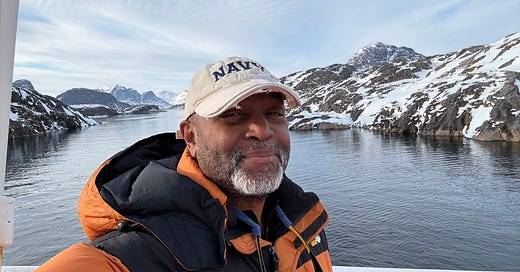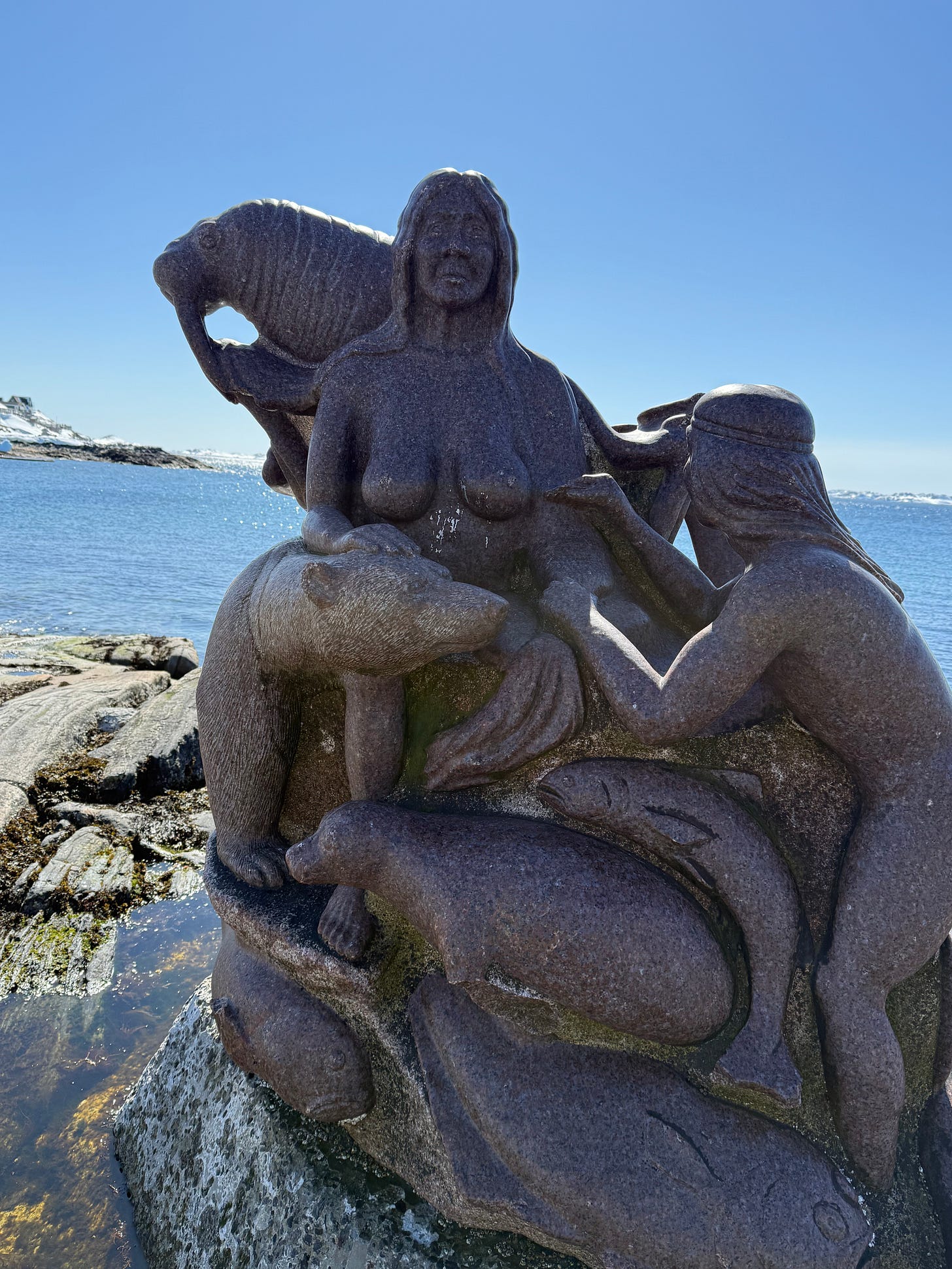Mission Greenland: Day 5-6
A long-distance ocean ferry transit down the Arctic Circle reveals the difficulty of moving around the ice-covered Island.
From an intelligence perspective, the island of Greenland is an intensely challenging environment as a potential invasion target. Many historical, geological, and cultural considerations would have to be ignored before the Trump administration can consider bringing any part of it under control. I’m not even talking about the indigenous population yet.
However, operating in ignorance is one of Donald Trump's key skills. He doesn't care about who or what obstacles stand in his way. Now that the Supreme Court has given him absolute immunity, he also doesn't care that the consequences could lead to a national catastrophe not seen since the Civil War.
Unfortunately, this is how narcissists work. They live in the immediate moment and require immediate gratification. Making a life-and-death decision is like them urgently needing to piss in a bucket. The pressure builds, and the satisfaction of relieving themselves of the decision-making process is where they gain satisfaction. No matter that they pissed all over the Constitution, it is the act that gives its reward.
In the case of Trump eying Greenland, he expects the history books to say that he is responsible for the most significant expansion of US territory in American history… right after James K. Polk. Remember him? No one does.
I don't know which demon sits on his shoulder and whispers that his face will be put on Mount Rushmore, but he believes that America must take what it wants … and he wants to take Greenland.
My first introduction to the Kalaallit was not through Donald Trump. In high school, I read the autobiography of Matthew Henson, an African-American who is arguably the first man to set foot on the North Pole. He accompanied US Navy officer Robert Peary on all his North Pole expeditions. They had also visited Nuuk, a tiny religious colony then called Hopedale. Peary was not impressed, and on future voyages, he preferred stopping on Disko Island for supplies.
Photo: Mother of the Sea with the animals she brought into Inuit lands (Photo: Malcolm Nance)
Culture plays a central role in Inuit society, and I must introduce you to some of it. In the capital, Nuuk, there is a mythical Mother of the Sea statue at the sea's edge. She sits on a rock, under the eye of the statue of Danish Lutheran missionary Hans Egede (pronounced “eell-tha”). The Lutheran mission was established in 1721, and others worked their way up and down the coast.
In Kalaallit culture, the Mother of the Sea is the central cultural guide in the origin of animal life and thus the cycle of sustaining life on earth. The statue shows a sitting bountiful goddess releasing the fish, seals, a walrus, a polar bear, and an Arctic fox onto the earth as an Inuit man is bent at her knee. It is the mythical tale of how animals and man came together to allow people to survive this harsh land.
And thrive they did. The Kalaallit have adapted and survived because of their collective knowledge and respect for the Mother of the Sea. The Norse settlements in the southwest tip started with the arrival of Eric the Red in 982 and lasted continuously until the 15th century. Climate change and economics in Norway impacted the survival, and they were forced to depopulate in the 15th century.
A simpler version of this story is that the sea is everything to this culture. To know about the people, you must understand how the Atlantic Ocean plays a role in the Davis Strait. And so, as a lifelong sailor, off to the sea I went.




